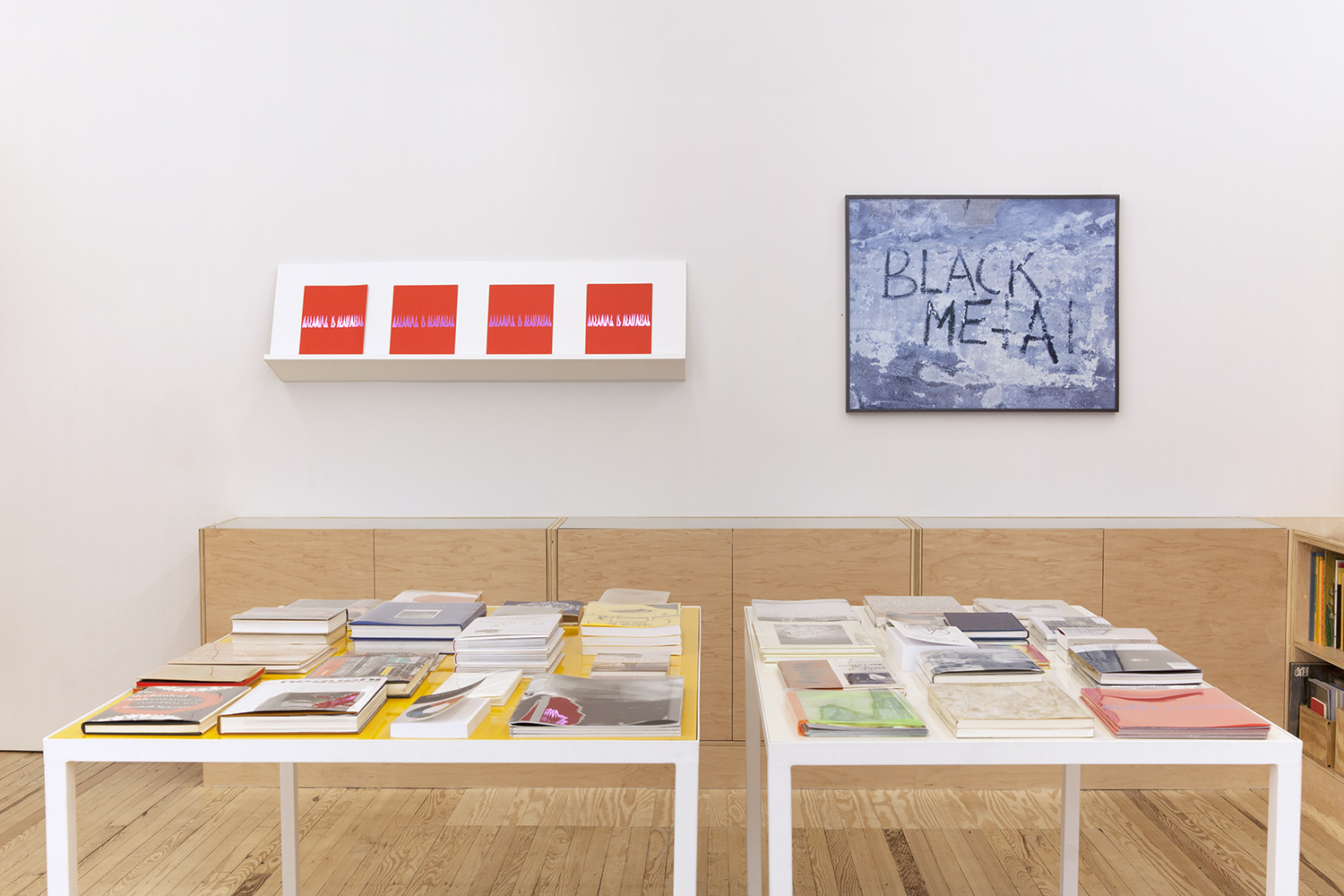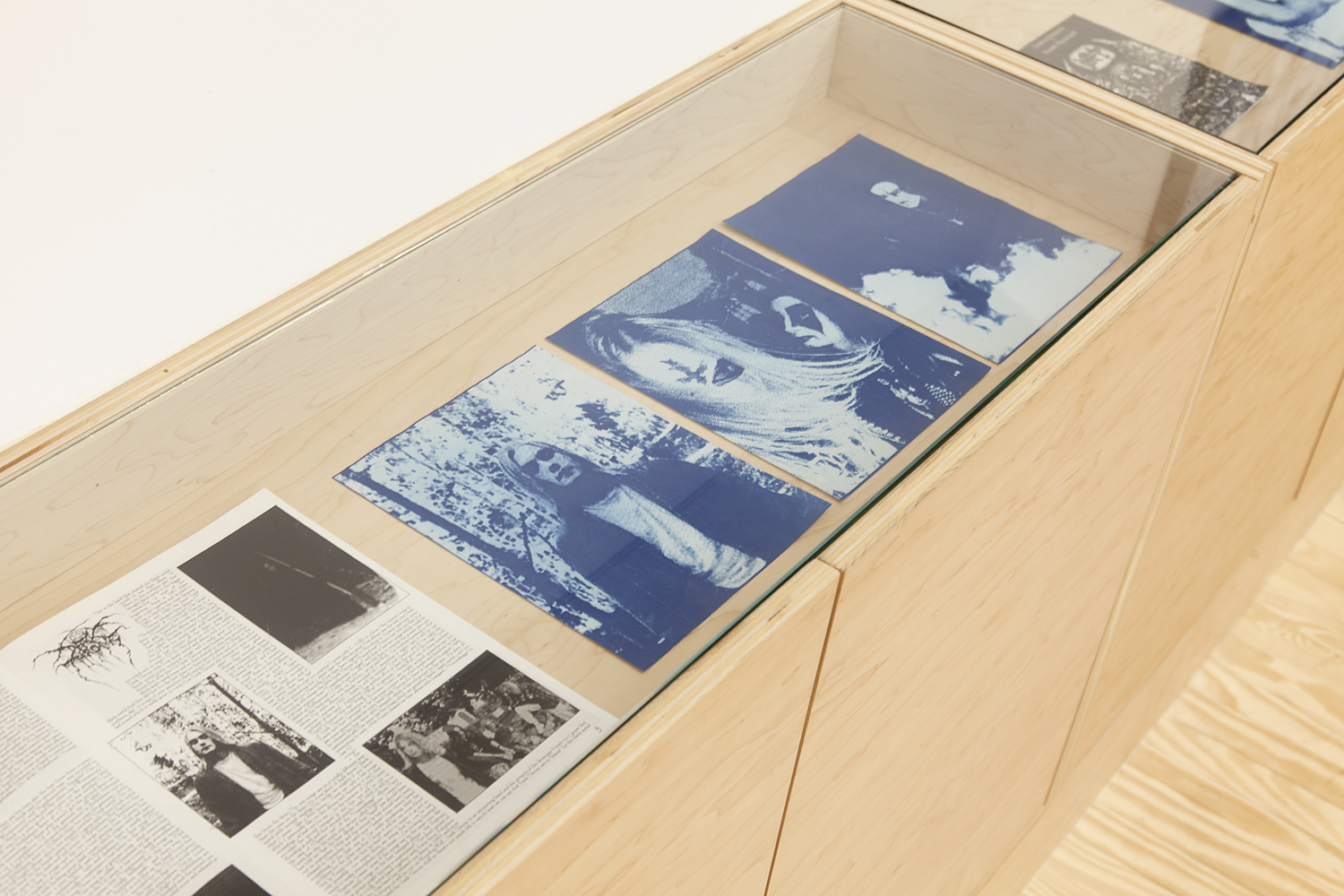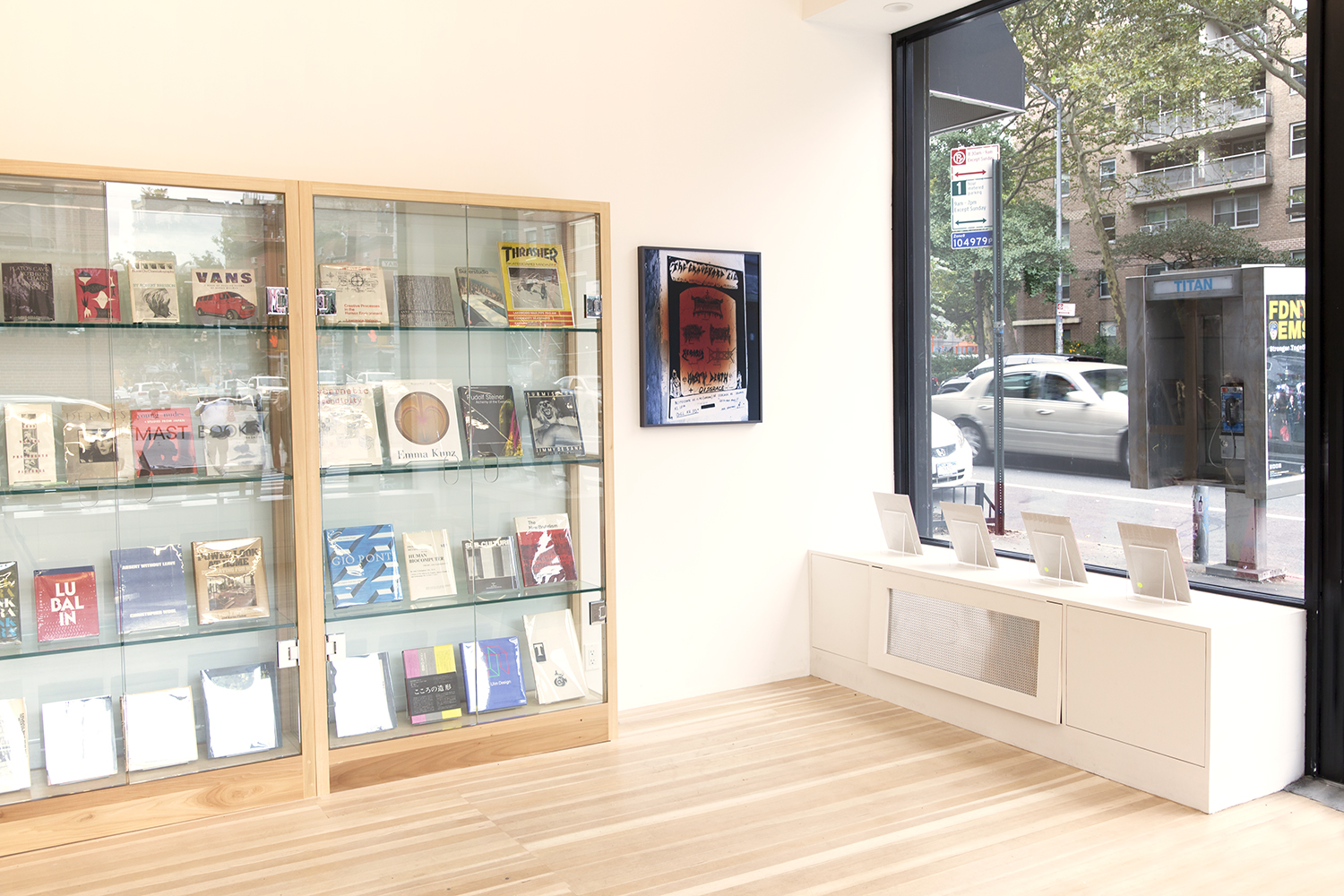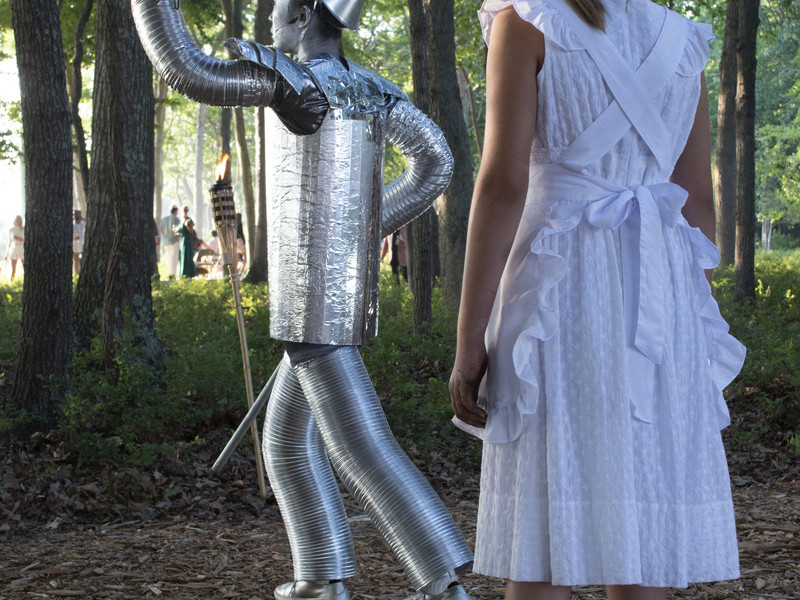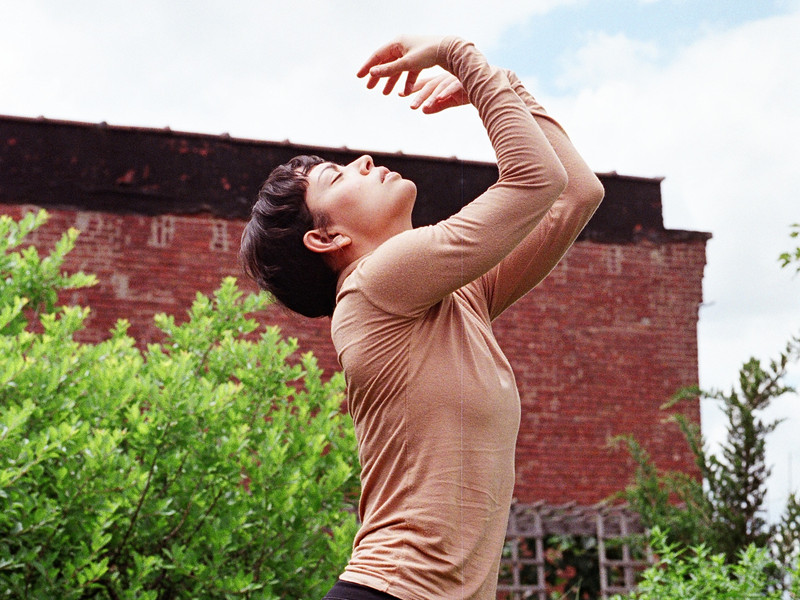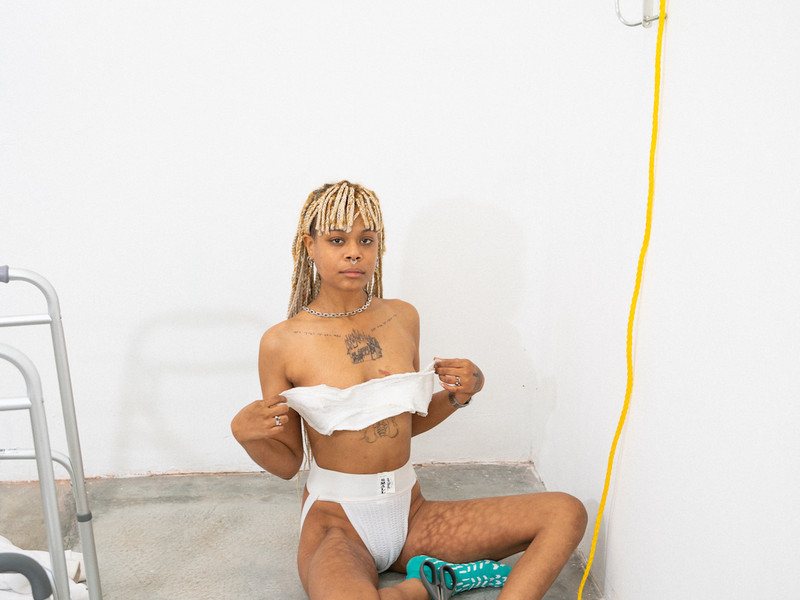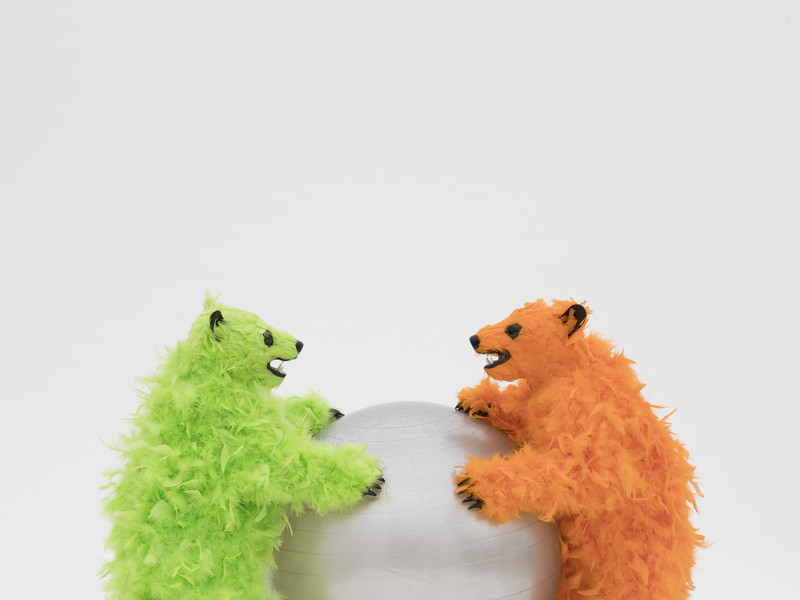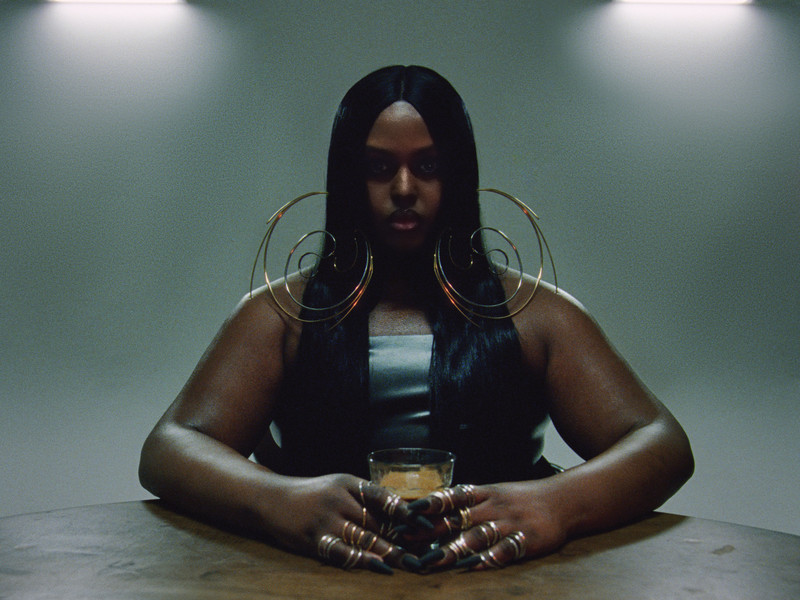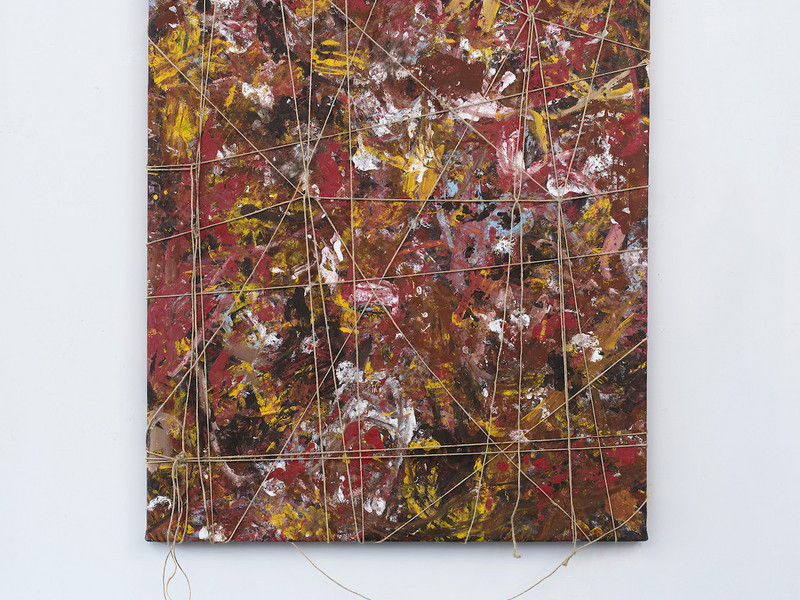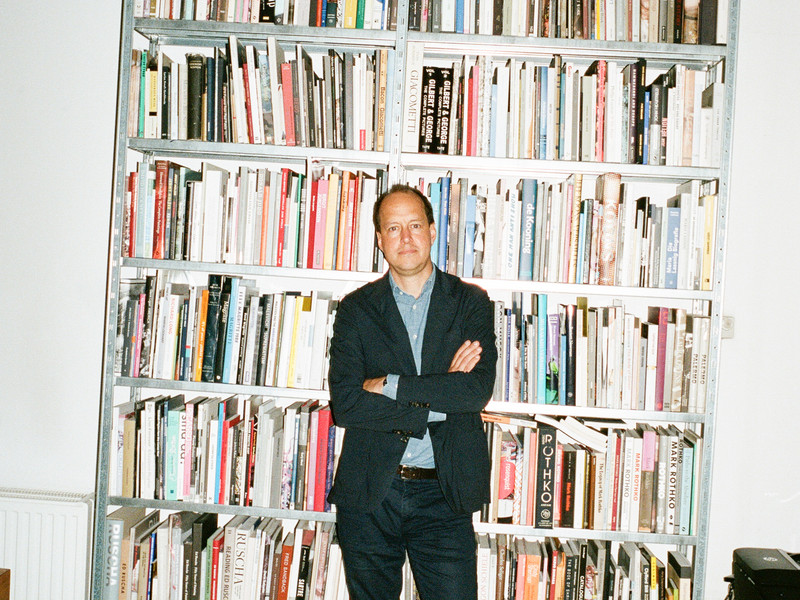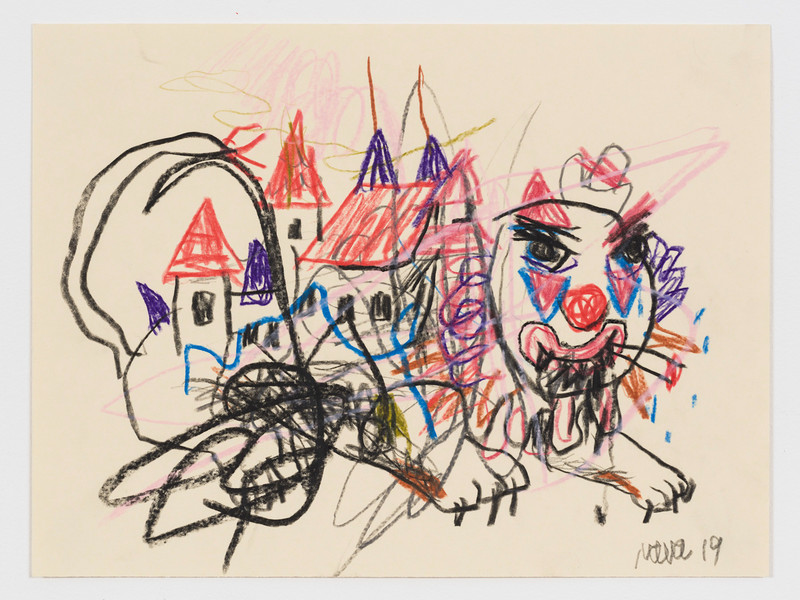Dreaming is Heavy Metal
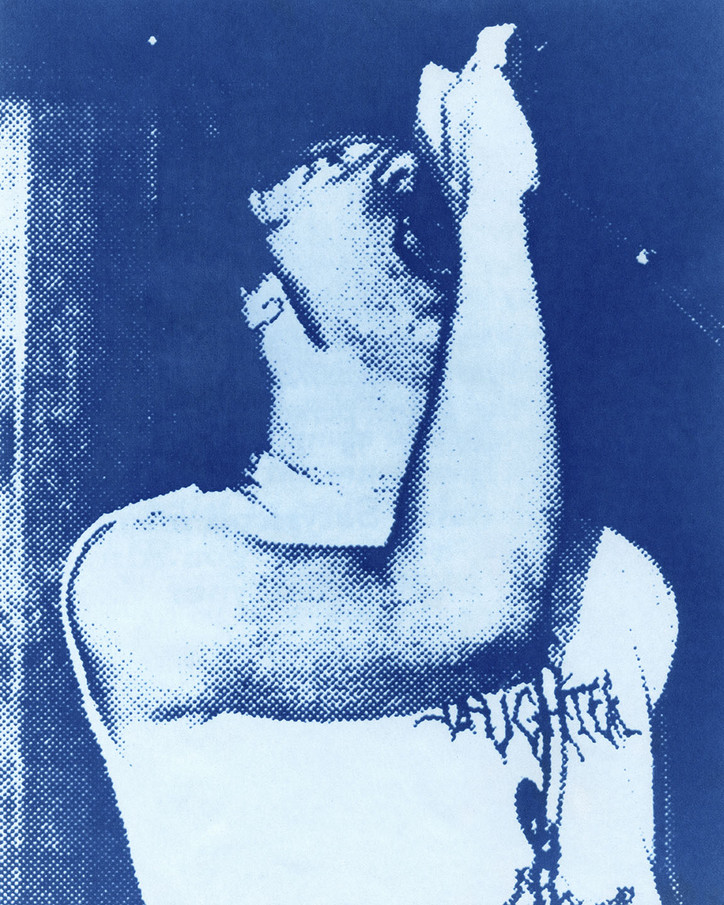
Painting the faces of her friends and longtime muses Lukas Ionesco and Joe Skilton in the classic black-and-white black metal style, she shot them among crowds of people near London’s most touristy spots.
“I didn’t have them dress up in anything black metal, because we’re not actually fans,” she said, “but it was fun to put the makeup on and run around.”
That lighthearted photoshoot, combined with cyanotypes she made from the zines, and lines from a manifesto she found in Helvete’s basement comprise the final product: Ahlbom’s own participation in black metal fandom.
Experimenting in the dark room, the 25-year-old artist cast photos in saturated blues and reds, blurring the line between which images are old and new. She used her iPhone to create light leaks on photos of the shop’s interior, which contains walls of artifacts untouched since the ‘80s, when it was a hangout for new bands on the scene. Throughout the developing process, Ahlbom took a labor-intensive approach––offering her own creativity to the fandom.
office spoke to the photographer about obsession between idols and fans.
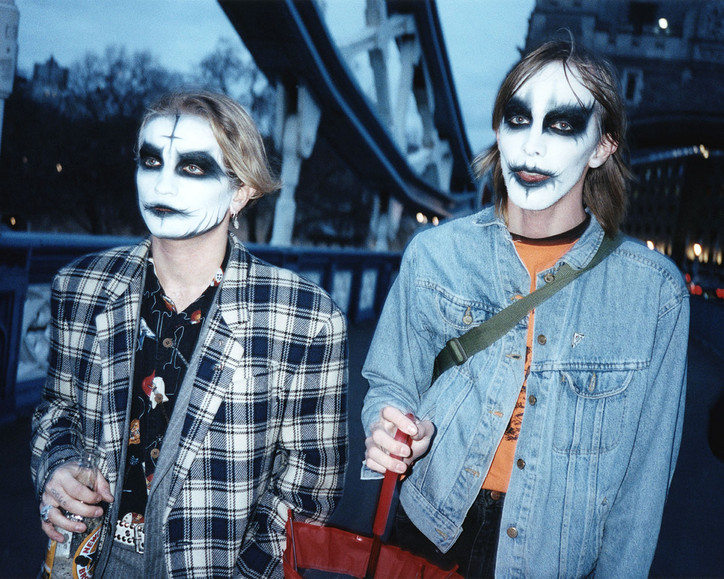
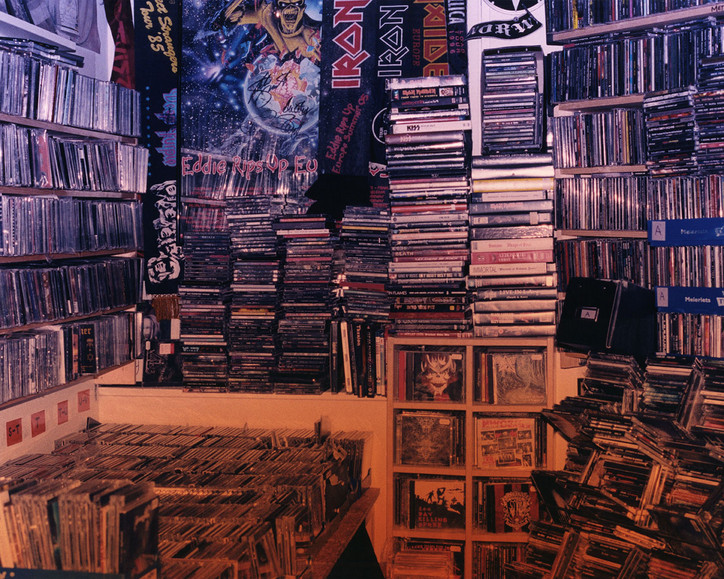
How did you arrive at the title, Dreaming is Heavy Metal?
I found some zines [at Helvete] that were made in the early 2000s and one of them was a manifesto some kid wrote about how cool black metal is. Somewhere in the writing he said, ‘I can dream, can I not? Dreaming is heavy metal.’ With each image there’s also a title and every single title is plucked from the manifesto.
What took you to Norway?
I’m Norwegian and Swedish, so I was just there visiting family friends. I knew the black metal scene was kind of big in Norway, or at least it started there. Since I’m Norwegian, I was trying to find something I’d be more interested in than, like, going to the viking museum, or something you’re supposed to look at. So yeah, I just went to this black metal museum and my parents went to the viking museum.
Were you following black metal before your trip?
I don’t really listen to black metal, but I don’t think that’s the point. It’s more just about the fan culture and the overall––the props, the makeup, the whole theatrical performance behind it is what I’m interested in.
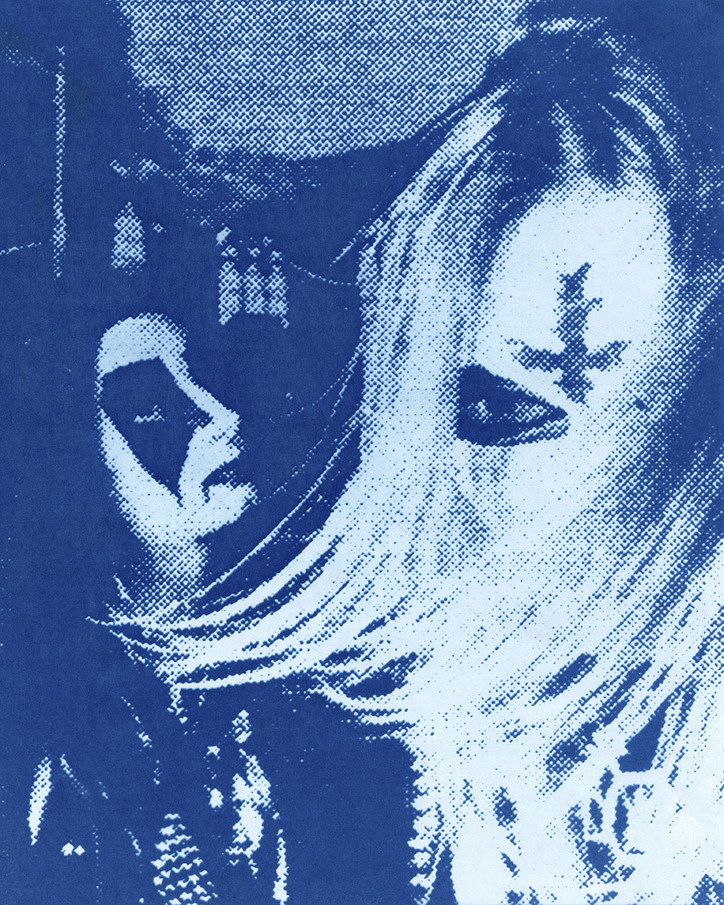
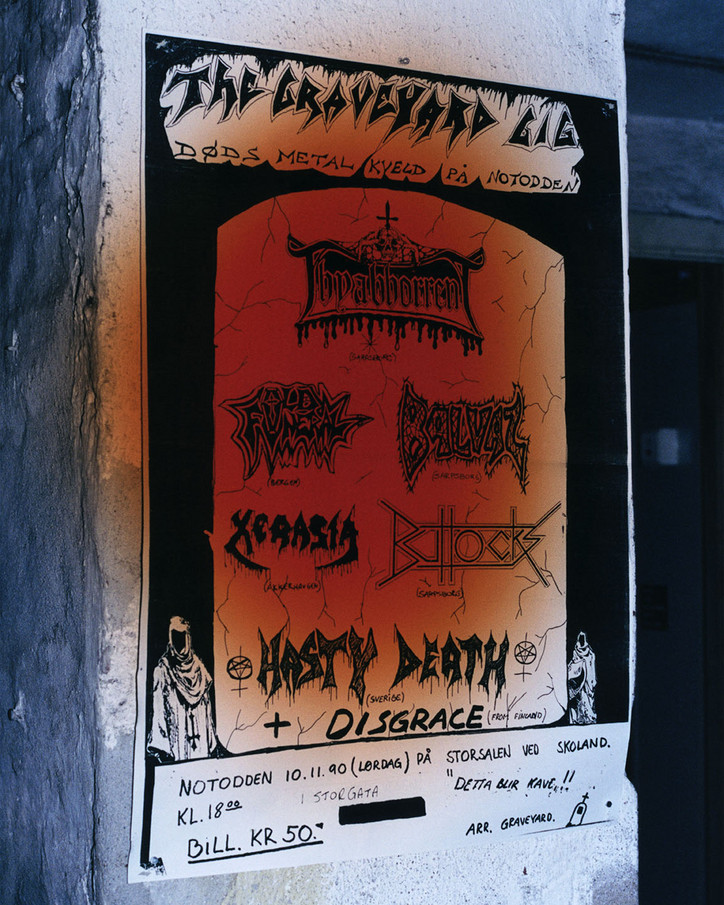
What’s appealing to you about getting immersed in a subculture that you aren’t naturally drawn to as a participant?
The whole fandom thing is what I’m interested in, in any subculture. But especially music. I went to Kurt Cobain’s bench in Seattle and all these kids were still standing around it, and these people just make shrines. It’s the following––how people go all out for these bands. If I went to one of these concerts, I’d rather be taking photos of all the fans looking towards the performer because they’re just so transfixed. They have the whole outfits on, they’re almost like a doppelganger––they look the exact same, they know everything about everything.
Have you come across any other fandoms or shrines?
I try to find these weird, niche things. I was in Spain and this crazy guy in Madrid started this Ramones bar––they only play The Ramones. The owner kind of looks like one of them, and I guess his story is that The Ramones once went into that bar for a drink, and now it’s the Ramones bar, forever. That’s one thing I stumbled into. I definitely want to just keep finding these gems.
Were there any scenes that you fanned out over growing up?
I grew up skateboarding, so I was into any of the music in skateboard videos. I loved those shows, Jackass and Viva La Bam. He always had crazy music in the show that I’d then go to Hot Topic and buy the band shirt. I’d buy all that merch. Back in those days, you’d have to go to a record store to hear music, or MTV. And the video games––I remember the Tony Hawk video games always had the best soundtrack.
